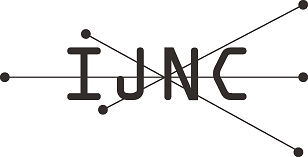Implementation and Evaluation of FPGA-based Annealing Processor for Ising Model by use of Resource Sharing
Abstract
The non-von Neumann computer architecture has been widely studied to prepare us for the post-Moore era. The authors implemented this kind of architecture, which finds the lower energy state of the Ising model using circuit operations inspired by simulated annealing in SRAM-based integrated circuits. Our previous prototype was suited for the Ising model because of its simple and typical structure such as its three-dimensional lattice topology, but it could not be used in real world applications. A reconfigurable prototyping environment is needed to develop the architecture and to make it suitable for applications.
Here, we describe an FPGA-based prototyping environment to develop the annealing processor's architecture for the Ising model. We implemented the new architecture using a prototyping environment. The new architecture performs approximated simulated annealing for the Ising model, and it supports a highly complex topology. It consists of units having fully-connected multiple spins. Multiple units are placed in a two-dimensional lattice topology, and neighboring units are connected to perform interactions between spins. The number of logic elements was reduced by sharing the operator among multiple spins within the unit. Furthermore, a pseudo-random number generator, which produces random pulse sequences for annealing, is also shared among all the units. As a result, the number of logic elements was reduced to less than 1/10, and the solution accuracy became comparable to that of a conventional computer's simulated annealing.
Keywords
Full Text:
PDFRefbacks
- There are currently no refbacks.
